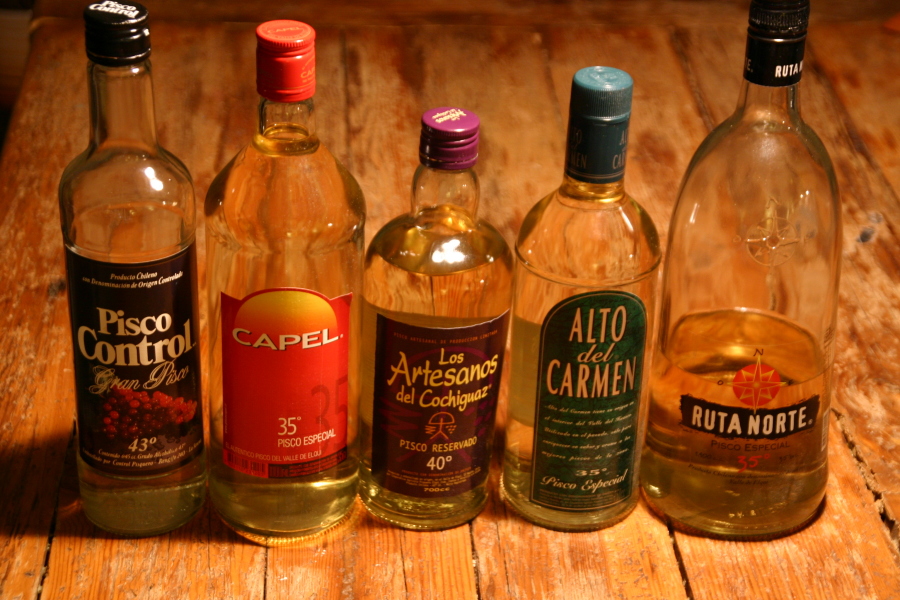For more intellectual property updates follow our WHATSAPP CHANNEL and SUNS LEGAL | LinkedIn
Written by Suns Legal Team
Introduction
The recent judgment by the Delhi High Court in Asociacion de Productores de Pisco A.G. v. Union of India & Ors. decided on 7 July 2025 is a milestone decision for Geographical Indications (GI) jurisprudence in India. In a long-standing dispute between Chile and Peru over the rights to the name “PISCO” for grape-based spirits, the Court clarified a crucial but often underexplored concept, i.e. homonymous GIs. This decision protects consumers from deception and strikes a fair balance between producers in different countries.
Background of the Case
The story begins in 2005, when Peru applied in India for the GI “PISCO” for alcoholic beverages. The application was advertised in 2006, prompting Chile’s association of Pisco producers to file an opposition in 2007, arguing that “PISCO” had a parallel, rich history in Chile as well.
In 2009, the Registrar of Trade Marks & GI partly upheld Chile’s objections, allowing the GI but only as “Peruvian PISCO” to avoid misleading consumers. Dissatisfied, Peru appealed to the Intellectual Property Appellate Board (IPAB), which in 2018 allowed the GI registration as “PISCO” without any prefix.
This led to a writ petition by the Chilean producers before the Delhi High Court in 2020, arguing that the IPAB’s decision ignored Chile’s legitimate historical and commercial claims and would mislead consumers. Chile also filed its own GI application for “Chilean PISCO.”
Chile’s Position
Chilean producers presented extensive historical and legal evidence to assert their rights. They traced Pisco production back to at least 1733, with documentation from the Coquimbo region, predating many Peruvian records. Chilean legislation as early as 1916 regulated Pisco, and in 1931, Chile formally established a “Pisco Zone” through Decree-Law No. 181.
Chile emphasized its global recognition through Free Trade Agreements with countries such as the USA, EU members, China, and Japan. Encyclopedia Britannica mentions Pisco under Chile, and Costa Rica granted a separate GI registration to Chilean Pisco in 2008.
Chile argued that its Pisco is not only historically recognized but distinct in taste, production methods, and character from Peruvian Pisco. Both parties admitted these differences, strengthening Chile’s argument that this is a classic case of “homonymous GIs,” where the same name is used by different countries for different products.
Peru’s Argument
Peru, on the other hand, maintained that “PISCO” is an exclusively Peruvian creation. They highlighted Peru’s legal protection of Pisco as an appellation of origin since 1991 and noted its international recognition, including under the Lisbon Agreement.
Peru pointed out that the Pisco-producing regions of Peru and Chile are separated by the Atacama Desert and argued that the regions are not geographically connected. They argued that Chile’s claim was opportunistic, including the renaming of a town to “Pisco Elqui” in 1936 specifically to aid its export strategy and justify its use of the name abroad.
Peru argued that adding a prefix such as “Peruvian” diluted the GI and violated fundamental GI principles that protect the integrity and reputation of a product linked to its place of origin.
The Court’s Analysis
The Court focused on whether Chilean Pisco was genuinely known and identified as “PISCO” and whether a prefix was needed to avoid consumer confusion.
After examining extensive evidence, the Court found that Chilean Pisco had been produced for centuries, enjoyed global recognition, and had been referenced in trade agreements and encyclopaedia. Chilean Pisco’s international awards further demonstrated its distinct identity.
Crucially, the Court explained the concept of homonymous GIs. While “trans-national GIs” refer to products from a common cross-border region, “homonymous GIs” involve products that share a name but originate from different regions or countries with different qualities.
The concept of homonymous GIs is also widely recognized in international law, particularly under Article 22(3) of the TRIPS Agreement, to which India is a signatory. It addresses situations where two different geographical regions use the same name for distinct products that have different characteristics and histories. Unlike shared or trans-border GIs, which involve a single continuous region crossing borders, homonymous GIs typically arise from historical, cultural, or linguistic coincidences.
Section 10 of the Indian GI Act, 1999, accommodates this possibility by allowing registration of homonymous GIs as long as practical steps such as adding prefixes or using special labelling are taken to distinguish the products and avoid consumer confusion.
This legal approach aims to balance the rights of different genuine producer communities while safeguarding consumer interests. It ensures that no single group can monopolise a common name where there is a legitimate historical basis for coexistence and parallel recognition.
The Court referred to the Indian example of “Banglar Rasogolla” and “Odisha Rasogolla,” where the same product name is used but each variety is distinct and recognized separately.
The Court relied on Section 10 of the Geographical Indications of Goods (Registration and Protection) Act, 1999, which explicitly allows registration of homonymous GIs, provided measures are taken to differentiate them and ensure consumers are not misled.
To strengthen its reasoning, the Court cited Scotch Whisky Association v. J.K. Enterprises & Others (2023 SCC OnLine MP 5352), which emphasized that India’s GI Act is grounded in commitments under the TRIPS Agreement to protect GIs and ensure equitable treatment of producers while preventing consumer deception.
The Court also cited Tea Board, India v. ITC Limited (2011 SCC OnLine Cal 1083) to highlight that GIs represent collective community rights tied to geography, not private commercial rights. In GIs, concepts like “dishonest adoption” and “priority of use” are not as central as they are in trademark law, further supporting coexistence and fair recognition.
Decision
Based on this comprehensive analysis, the Delhi High Court set aside the IPAB’s 2018 order and reinstated the Registrar’s original decision from 2009. As a result, in India, the GI “PISCO” will be recorded as “Peruvian PISCO.”
This ensures that products from Peru carry the label “Peruvian PISCO,” clearly distinguishing them from Chilean Pisco. While Chile’s application for “Chilean PISCO” remains pending, this judgment provides a strong foundation for its future consideration.
The Court emphasized that without the prefix, consumers might mistakenly assume all products labeled “PISCO” come exclusively from Peru, thereby undermining Chile’s rights and misleading the public.
Significance and Conclusion
This judgment is significant as it reiterates India’s GI regime by recognizing the principle of homonymous GIs. It encourages fair competition, protects consumers, and respects historical and commercial realities. The decision aligns Indian law with international obligations under the TRIPS Agreement, promoting equitable treatment of competing GI claims with genuine bases. Finally, it serves as a reminder that GIs must adapt to practical realities and coexistence, rather than operate on mutual exclusivity. Producers, regulators, and consumers can draw valuable lessons about evidence, transparency, and respect for historical integrity.

